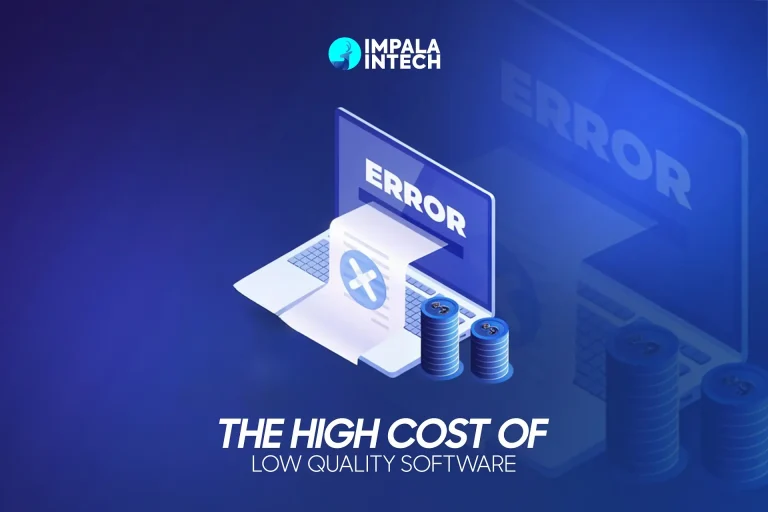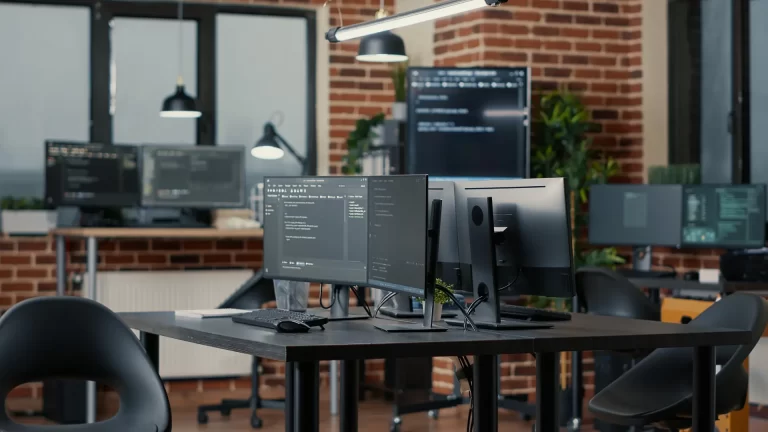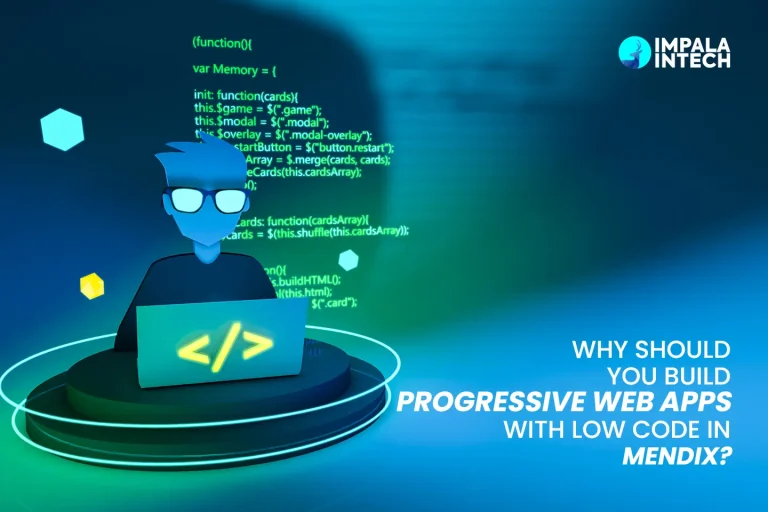
There are three main payment models for outsourcing projects to a nearshore or an offshore team. The most prevalent is the dedicated team model, where an entire team focuses only on your projects.
The fixed price model is where the entire process is done on a fixed budget, and the time and materials model relies on the development time and resources to make the final estimation.
While all these models have unique quirks that can benefit a project in the right way, you can only work with one, and it has to be right. So today, we’re breaking down the differences between dedicated team vs. fixed price vs. time and materials models. Let’s get down to business!
Features of The Dedicated Team Model
- In this model, the customer collaborates with the team to decide the project scope and requirements.
- The client both manages and controls the entire team
- The model also allows for the vendor to control the team with requirements specifications and by assigning an external project manager
- The vendor is responsible for finding the right team for the client
- The workload requirement and the entire project are both coordinated between the vendor and the client
- All experts meeting a general criteria team up to work on projects
- The team leader always controls the planned work schedule
- The team leader also manages requirements and creates future requirements for projects
Pros of Dedicated Team
- Hiring a dedicated team is economically efficient since onboarding every team member in the traditional employment method requires more time and resources.
- A dedicated team only works on the project they’re assigned to, and it helps your team to provide undivided attention to your project.
- Since the team only works on your project, it allows them to master the intricacies of the project, allowing more sophisticated features to be implemented.
- The workflow is strictly planned, and the team can constantly follow the workflow unless the project scope changes.
- Dedicated team models work on products optimized for future growth, so products developed by dedicated teams are future-proof.
- The product owner has complete governance and control over the project, increasing efficiency and transparency of the entire development cycle.
- The right specialists with the right skills can bring unique solutions that help the product stand out in a competitive market.
Cons of Dedicated Team
- Not suitable for short-term projects
- Team goals can take longer to process for projects that constantly change scope.
- Time zone differences between the vendor and client can become a communication barrier.
- Remote teams sometimes create projects based on their preferences that might not align with the product owner’s vision.
Features of The Fixed Price Model
- Best suited for short or medium projects that are developed in multiple iterations
- Works best with small projects that have limited scope
- Works with projects with a limited budget
- Most suitable for building an MVP
- Highly suitable for projects where the project requirements and deadlines are precise
Pros of The Fixed Price Model
- The budget is always fixed, giving the team an advantage in creating clear estimations for the client.
- The deadlines are strict, and customers know when they will receive the final product.
- The contract between the client and the vendor discusses everything in advance, so the project is predictable and has a lower risk.
- The entire project requires minimum management since everything is predetermined.
- Checking for quality is easier since the final product comes out just as expected almost all the time.
Cons of Fixed Price Model
- Any modification that wasn’t part of the initial agreement requires additional payment to be implemented.
- The risk of misunderstanding can lead to the delivery of a product that doesn’t meet client expectations.
- Projects working with a fixed model have limited scalability
- Future changes are tough to make, and it’s even more difficult to keep up with when the market is constantly shifting
Features of Time and Materials
- This model is suitable for both nearshore and offshore teams
- Highly suitable for long-term projects
- Adaptable to projects where the project scope constantly changes
- Can adapt to different market situations on the go
- Works with projects where the requirements haven’t been defined yet
- Highly flexible and scalable
Pros of Time and Materials Model
- Approach to development projects are highly customizable due to the high flexibility of the model.
- Able to adapt rapidly to changing conditions, whether it’s the market or the project requirements
- Can help define project priorities with better accuracy in the case of small and medium projects
- Tight time scheduling allows better prioritization of different processes
- High budget flexibility
- The client is practically involved in the Software Development Life Cycle (SDLC)
Cons of Time and Materials Model
- Any changes in the project have a higher chance of delaying the final release.
- An undefined budget creates issues when trying to create correct estimations.
- Resource costs can increase based on customer demand
- Dynamic market changes cause difficulty in decision-making
- The project might go over budget at any time
Dedicated Team Vs. Fixed Price Vs. Time and Materials: The Ultimate Comparison
| Parameters | Dedicated Team Model | Fixed Price Model | Time and Materials Model |
| Project Size | Large | Small-medium | Medium-large |
| Project Duration | Long | Short-average | Average-long |
| Client Control | High | Low | Middle |
| Final Product | Unclear | Clear | Unclear |
| Requirement Stability | Evolving | Defined | Evolving |
| Tech Stack | Not fixed | Predefined | Situational |
| Level of Flexibility | High | Low | High |
| Project Scope | Estimated | Predefined | Not determined beforehand |
| Preferred Methodology | Agile | Waterfall | Agile |
| Pricing | Fixed price for each team member, charged monthly | Fixed project price, one-time payment | Fixed price, charged on either hourly, daily or weekly basis |
| Budget | Highly flexible | Fixed | Moderately flexible |
| Time Frames | Estimated | Predefined | Incremental or intermittent |
| Dedicated Resources | Scalable | Assigned | Not Assigned |
| Team Scalability | Middle | Low | High |
| Change Requests | Possible during any project implementation phase due to high flexibility | Possible once the development process is complete | Possible during project implementation |
| Dedicated Resources | Highly scalable | Pre-assigned | Not pre-assigned |
| Reports | Daily reports | No reports |
Which Model Should You Go For?
As we can see from the comparison above, the final choice is completely situational. It all comes down to the level of control and predictability you want from your project and the development process.
Also, project scale is a determining factor for choosing the right model. As always, our solution is to perform a detailed business analysis or take help from one of our professional business consultants to create a clear scope of requirements.
Then, pick the model that aligns most with your business and product vision.
How Impala Intech Can Work Within Your Chosen Model
Impala Intech houses a team of highly skilled professionals who are highly experienced in working on projects on different scales. Our team also includes business analysts who can help you scope the right requirements suitable for your business.
FAQ
The scope can evolve gradually as the project progresses, providing flexibility.
The Dedicated Team model encourages close client involvement throughout the project.
Challenges include potential scope changes, renegotiations, and limited flexibility.
In Fixed Price, most risks are shifted to the service provider, while in Time and Materials, risks are shared.
The Time and Materials model is ideal for uncertain projects due to its adaptive nature.








